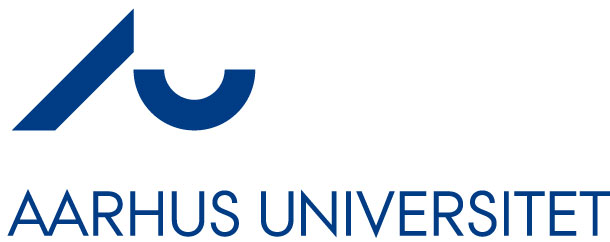Enclosed Ecosystem Platform
Parent institution: Dep. of Bioscience, Aarhus University
Active since 2003
Active through all year
Fields of study
- Environmental sciences, Pollution
- Microbiology
- Paleolimnology
- Paleoecology
- Limnology
Contact Information
Jeppesen, Eric
email: ej@bios.au.dk
,
email:

